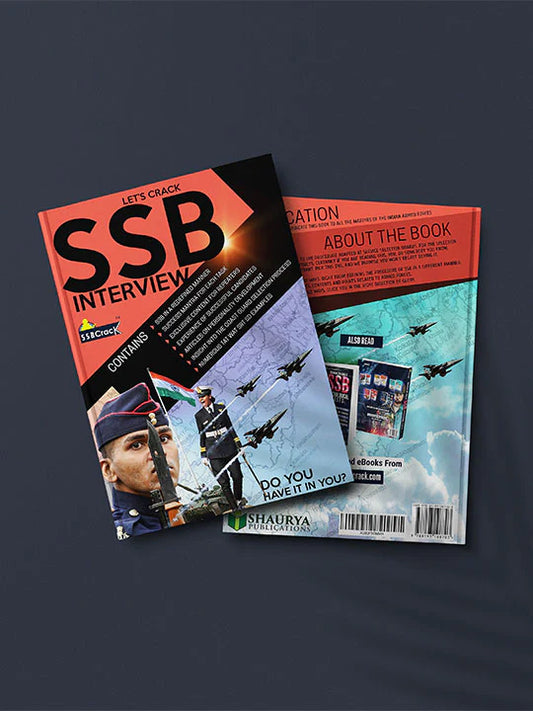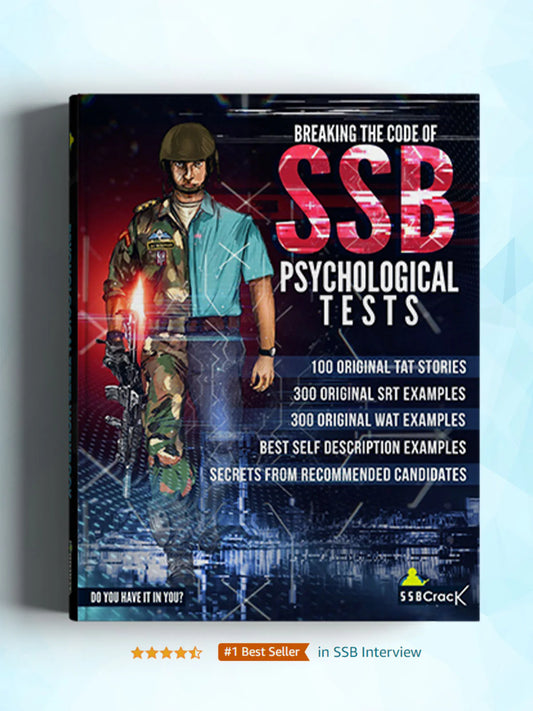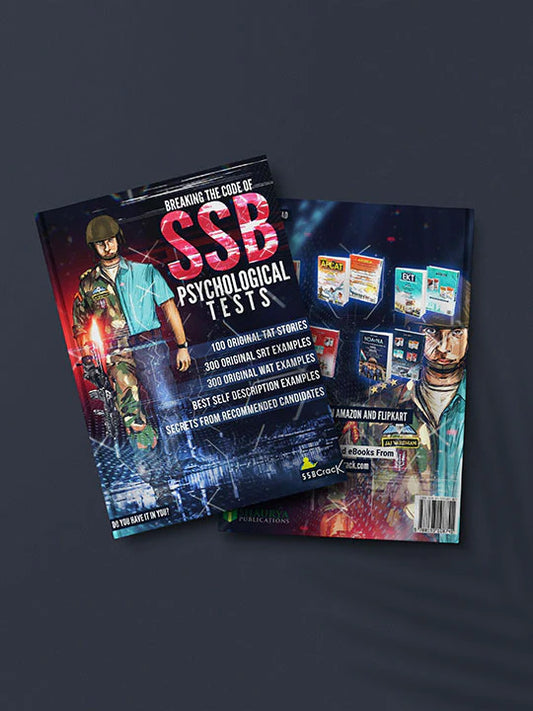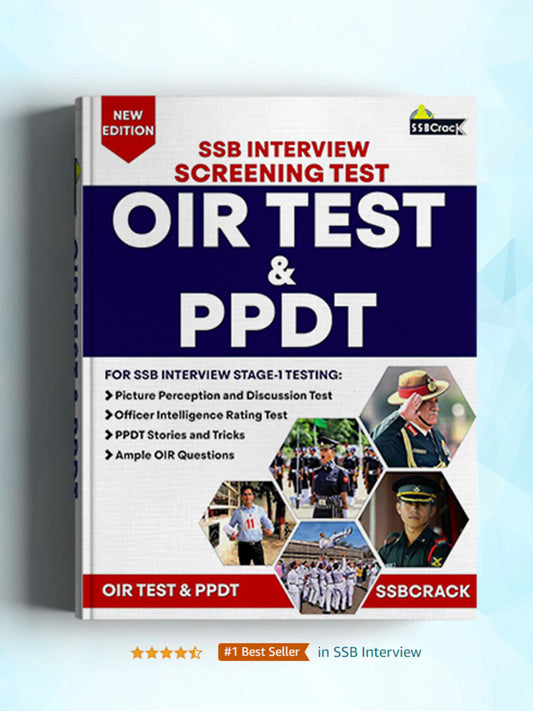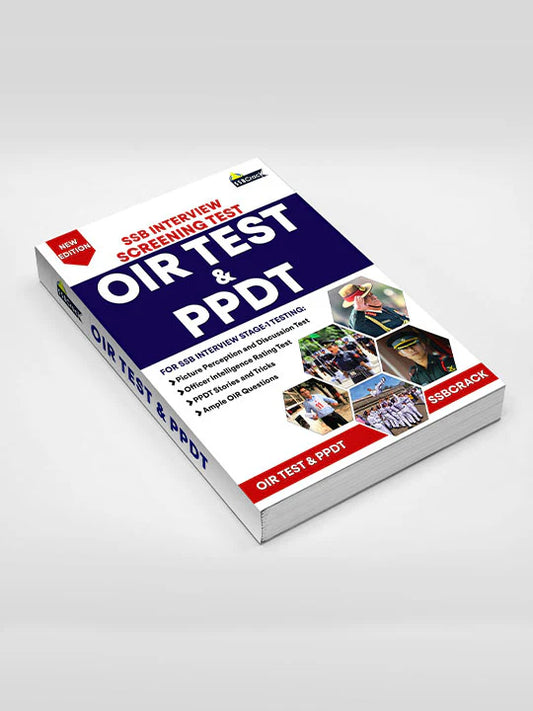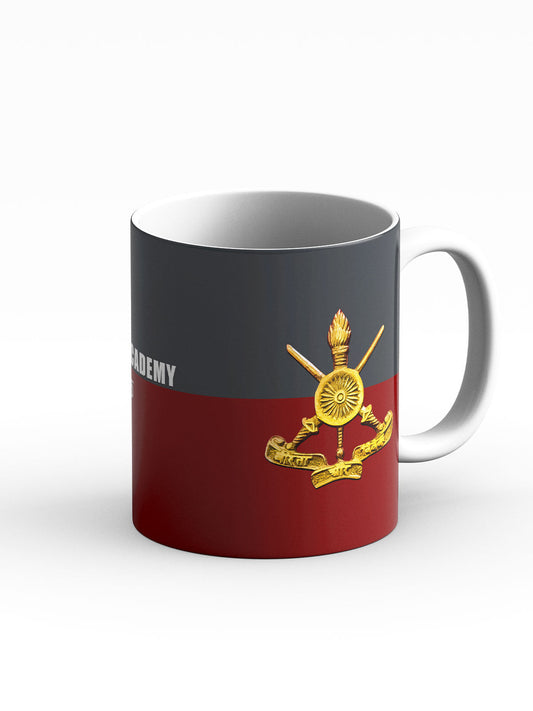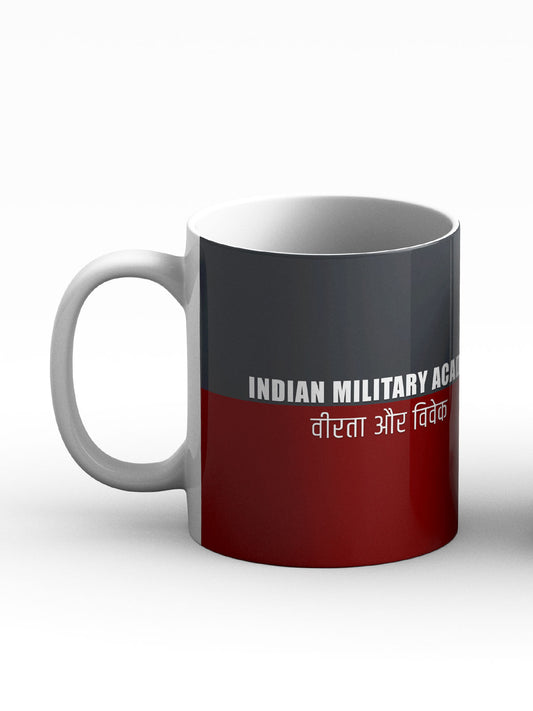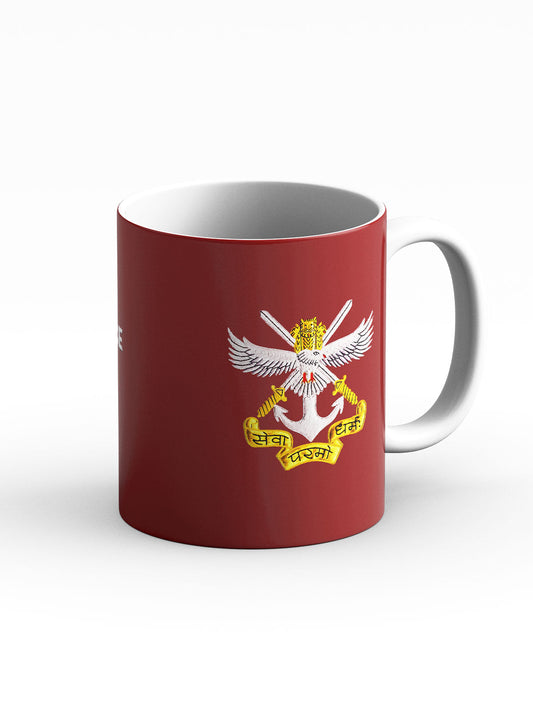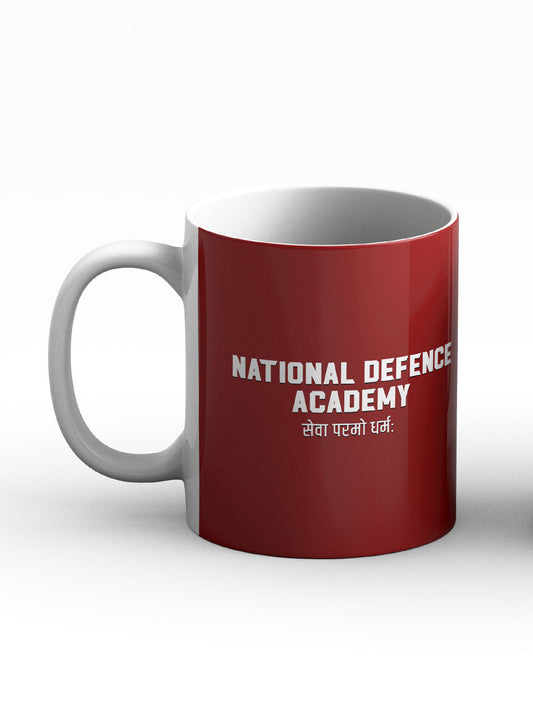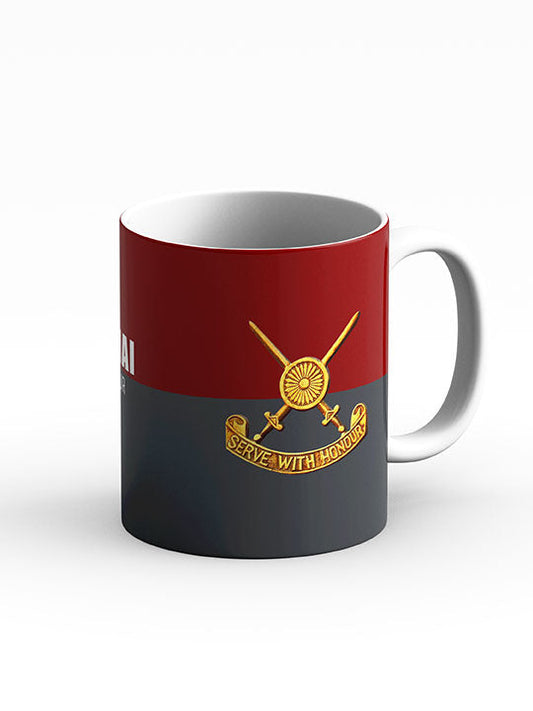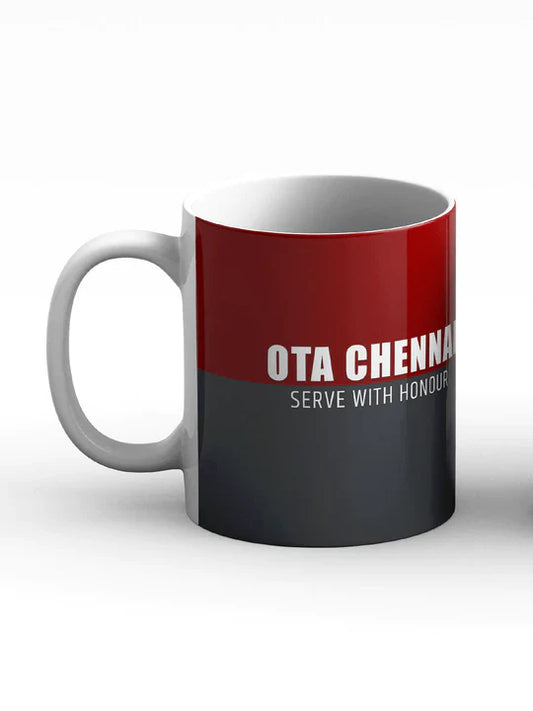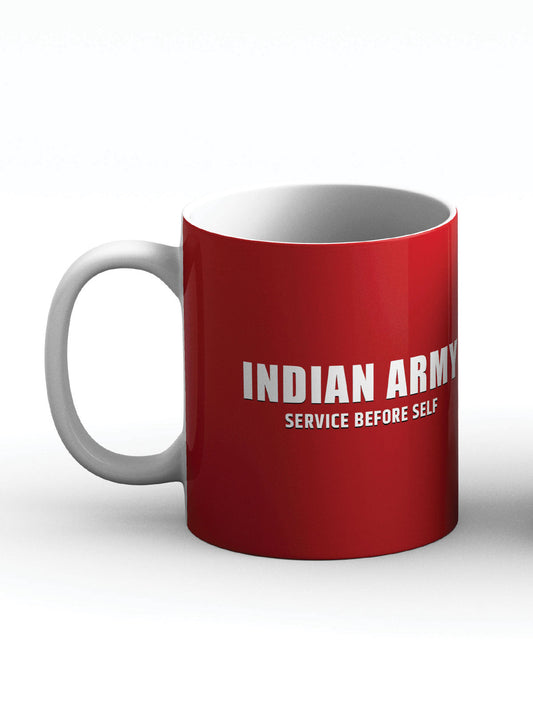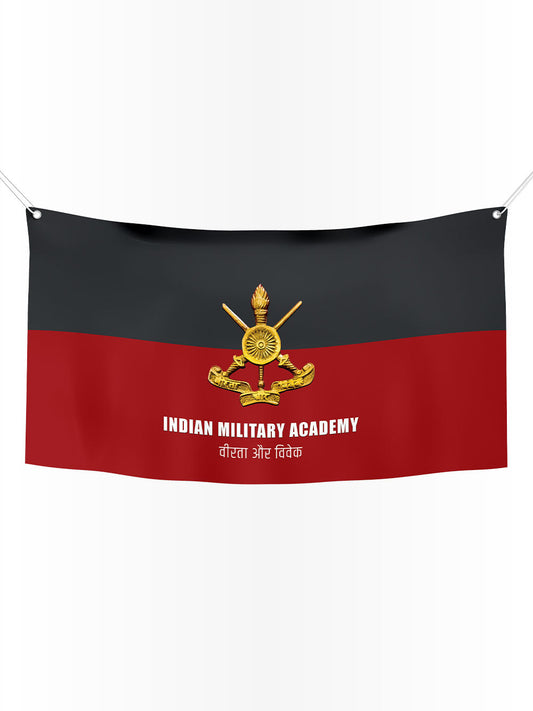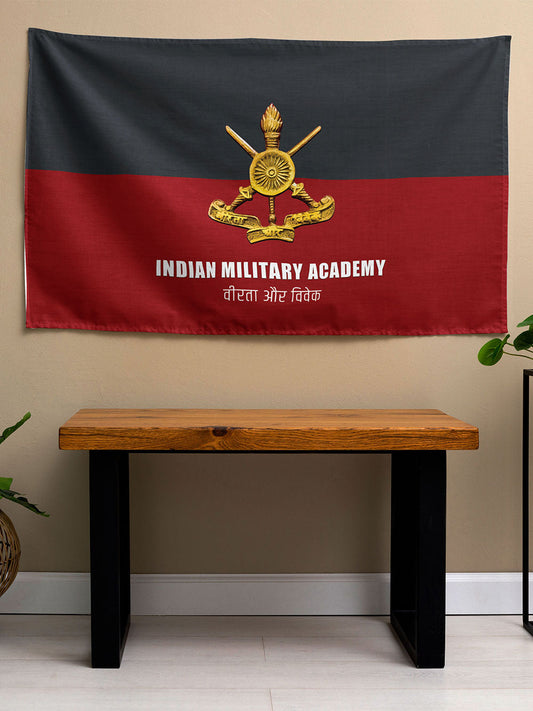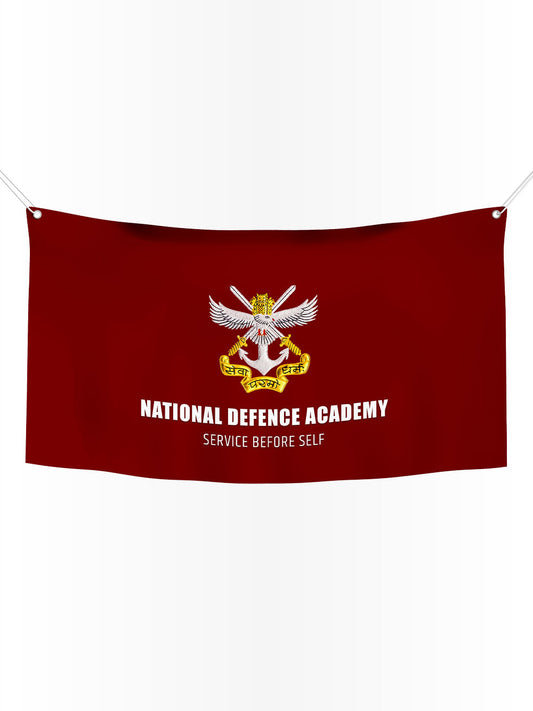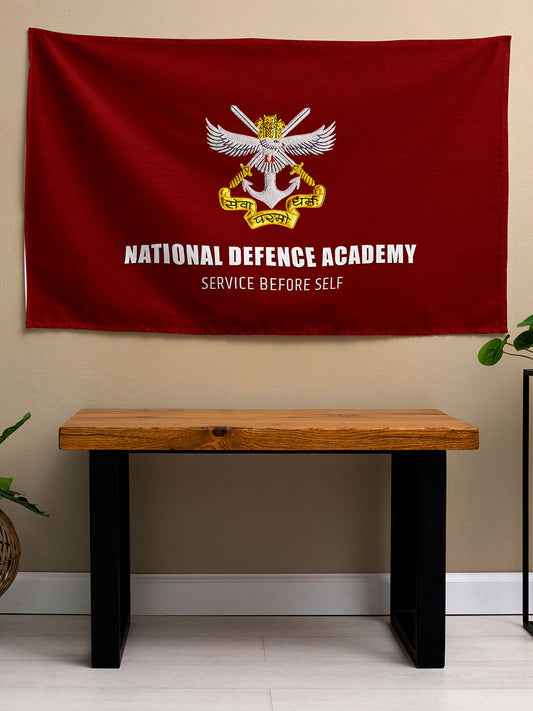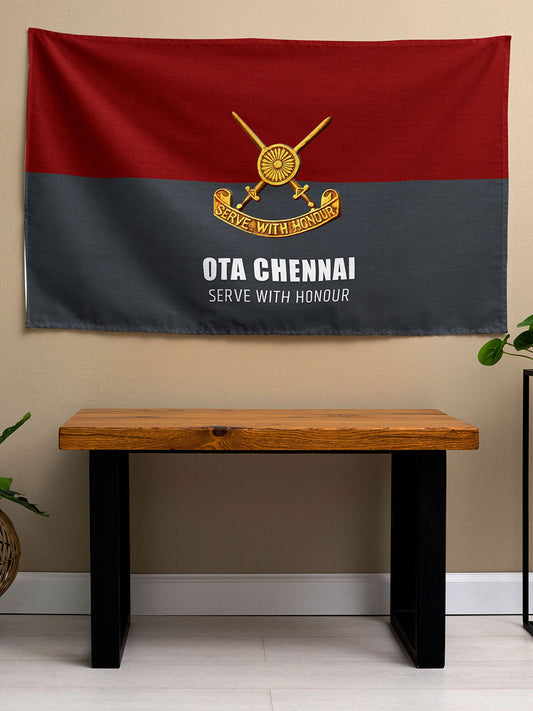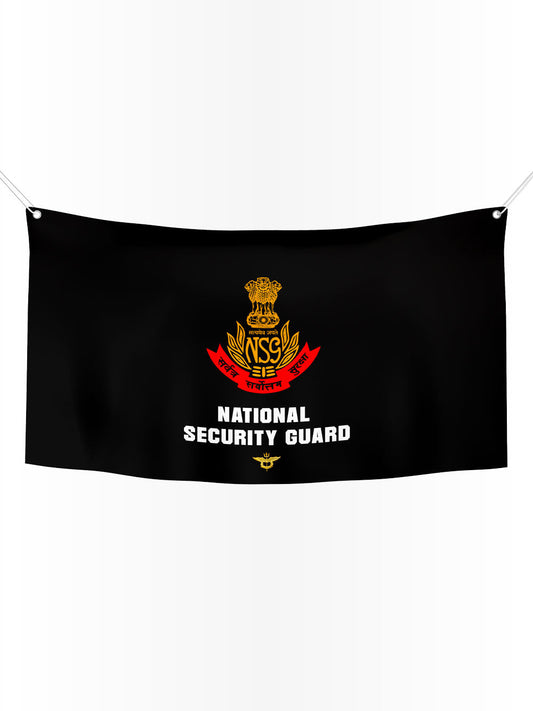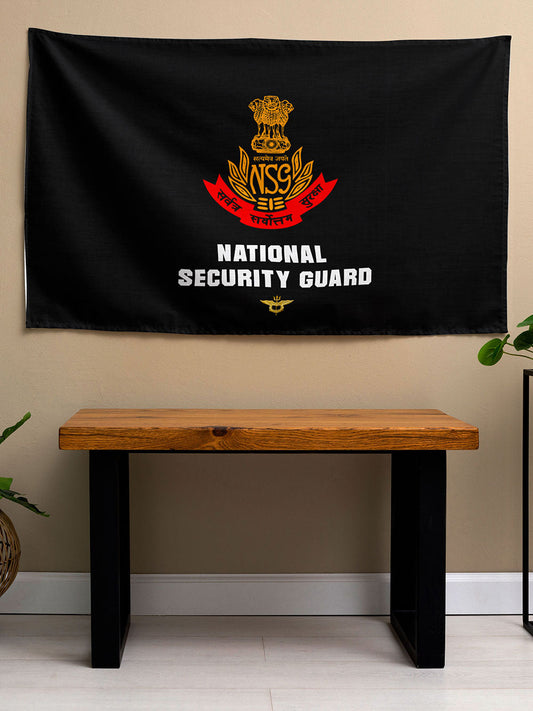Dress Code & Body Language Tips for SSB Interview: Do’s & Don’ts
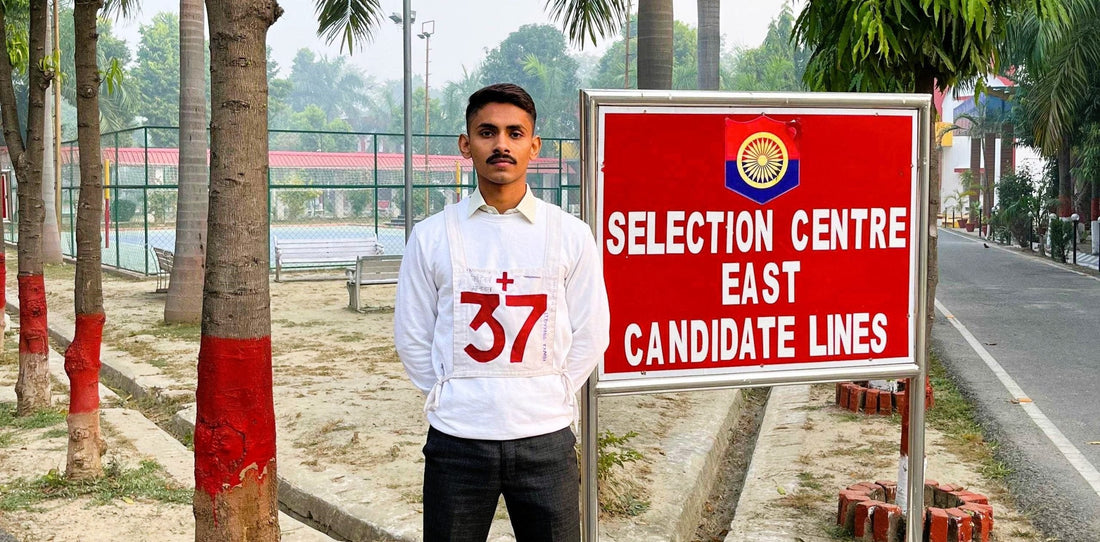
Introduction
In a high-stakes environment like the Services Selection Board (SSB) interview, preparation goes beyond just mastering technical knowledge and physical fitness; it also includes understanding the nuances of dressing appropriately and communicating effectively through body language. Given that the SSB interview plays a crucial role in assessing candidates for various roles in the Indian Armed Forces, it becomes imperative for applicants to present themselves confidently and suitably.
Dressing appropriately and exuding the right body language can often make the difference between success and failure in this competitive process. This article delves into the significance of dress codes and body language in the SSB interview, providing a comprehensive guide on the do’s and don’ts to help candidates make a stellar first impression.
SSB Interview Books Power Pack: 4 Must Read Books for Defence Aspirants
Rs. 1,760.00
Sale price
Rs. 1,399.00
Let's Crack SSB Interview Book [Paperback]
Rs. 390.00
Sale price
Rs. 360.00
Breaking The Code of SSB Psychological Tests Book - SSB Interview (TAT/WAT/SRT/SD)
Rs. 390.00
Sale price
Rs. 360.00
OIR Test & PPDT Book - SSB Interview Screening Test - Stage 1 Testing
Rs. 490.00
Sale price
Rs. 375.00
The evolution of military recruitment processes has undergone significant transformations over the years. Historically, assessment emphasized physical endurance and tactical skills, with little focus on personal presentation. However, as the dynamics of recruitment have changed, particularly in the context of the Indian Armed Forces, it has become increasingly essential to evaluate candidates on a more holistic level.
In modern times, SSB interviews incorporate psychological tests, group discussions, and personal interviews that allow assessors to analyze candidates' personalities, leadership qualities, and interpersonal skills. Thus, body language and attire have gained importance, symbolizing respect for the institution and the seriousness of the applicant’s intentions.
Understanding Dress Code
Importance of Dressing Appropriately
The first impression is often the last impression. Candidates appearing for the SSB interview must recognize that their attire reflects their personality, values, and seriousness towards the opportunity. Dressing formally and appropriately not only instills a sense of discipline but also boosts self-confidence.
Recommended Dress Code
-
For Men:
- Formal Attire: A well-fitted black or navy blue suit is highly recommended. Pair it with a crisp white shirt and a sober tie. Ensure that shoes are polished and professional-looking.
- Grooming: Facial hair should be neat and tidy, while hair should be well-styled. Maintain clean nails, and if you wear glasses, ensure they are clean and unobtrusive.
-
For Women:
- Formal Attire: Women should opt for a formal suit or a saree in muted colors. Avoid excessively flamboyant designs and stick to conservative patterns.
- Grooming: Hair should be neatly tied back or styled in a way that appears professional. Makeup, if worn, must be subtle and non-distracting.
Common Mistakes to Avoid
- Casual Attire: Avoid wearing casual clothes like jeans, t-shirts, or sneakers that do not convey professionalism.
- Loud Accessories: While accessories can enhance an outfit, overly flashy jewelry or accessories can distract from a candidate's presence.
- Torn or Wrinkled Clothing: Ensuring clothes are clean, wrinkle-free, and in good condition is imperative for a polished appearance.
Body Language: An Unspoken Language
The Role of Body Language in Communication
Body language often conveys more than words themselves, helping to communicate confidence, openness, and credibility. In an SSB interview, assessors keenly observe candidates’ gestures, posture, and overall demeanor to gauge their suitability for a role in the Armed Forces.
Key Body Language Tips
- Posture: Stand and sit upright to project confidence and respect. Avoid slouching, which can signal disinterest or lack of confidence.
- Eye Contact: Maintain appropriate eye contact with the interviewer. It demonstrates engagement and sincerity but avoid staring as it may come off as aggressive.
- Hand Gestures: Use controlled hand gestures while talking. Avoid fidgeting or crossing your arms, as these actions can suggest anxiety or defensiveness.
- Smile: A genuine smile can create a positive atmosphere, making you appear approachable and confident.
Practical Insights and Real-World Applications
Understanding the theory behind dress codes and body language is essential, but practical application solidifies this knowledge. For instance, consider the case of a candidate named Ramesh, who applied for an officer role. Before the interview, Ramesh focused on meticulous grooming and chose a tailored navy blue suit accompanied by properly polished shoes.
During the interview, he maintained firm but respectful eye contact, complemented it with a warm smile, and exhibited open gestures. His commanding presence, primarily constructed through impeccable body language and attire, made a lasting impression on the board, ultimately leading to his selection.
Statistical Data and Research Insights
Research indicates that first impressions are formed within the first seven seconds of meeting someone, with 55% of that impression based on visual elements, including appearance and body language (Carnegie, 1936). This underscores the need for potential SSB candidates to prepare not just their minds but also their appearances critically.
Another study by UCLA Professor Albert Mehrabian highlights that 93% of communication is non-verbal, consisting of 38% vocal elements and 55% body language. Thus, mastering body language is paramount for candidates who wish to convey confidence and assurance without uttering a word.
Comparative Analysis: Body Language Styles
Different cultures have variable interpretations of body language, which can impact how candidates are perceived during interviews. For example, in Western contexts, direct eye contact signifies confidence. Conversely, in certain Eastern cultures, avoiding eye contact may denote respect.
For SSB candidates, understanding this cross-cultural nuance can better prepare them to engage with selectors from diverse backgrounds. Learning to adapt one's body language without losing authenticity is a skill that can set a candidate apart.
Challenges and Solutions
Despite knowing the importance of dress codes and body language, many candidates face challenges:
-
Pressures of Anxiety: The stress of an interview can lead to nervous habits such as fidgeting or poor posture.
- Solution: Practice relaxation techniques such as deep breathing and visualization to calm nerves. Mock interviews can also help candidates practice their posture and body language in a simulated environment.
-
Appearing Overly Formal or Casual: Striking the right balance is crucial. Overdressing may appear disingenuous, while underdressing can project a lack of seriousness.
- Solution: Research the expectations of formal interview attire through channels like SSBCrack. Understanding past candidate experiences can provide insight into appropriate dress norms.
Future Trends and Predictions
As we navigate an increasingly competitive job arena, the significance of personal branding, including dress and body language, is expected to grow. With the integration of psychological assessments in recruitment, candidates must understand that their non-verbal cues will continue to play a pivotal role in interviews.
Emerging trends indicate a move toward more personalized attire, as candidates may incorporate elements that reflect their individuality while still adhering to formal dress codes. For instance, unique ties or subtle ethnic patterns in saris may become popular, serving as conversation starters that showcase personality without compromising professionalism.
Conclusion
Successfully navigating the SSB interview requires candidates to master not just the technical aspects of their qualifications but also the art of dressing appropriately and demonstrating effective body language. A coherent blend of well-chosen attire and confident non-verbal communication can significantly influence the impression made on selectors.
For those preparing for the interview, tapping into resources like SSBCrack and SSBCrackExams can provide valuable insights into preparation strategies for both body language and dress codes. Remember, the goal is to present the best version of yourself, showcasing both professionalism and a reflection of who you are as a candidate. Take these tips to heart, practice diligently, and approach the SSB interview with confidence, poise, and impeccable style.
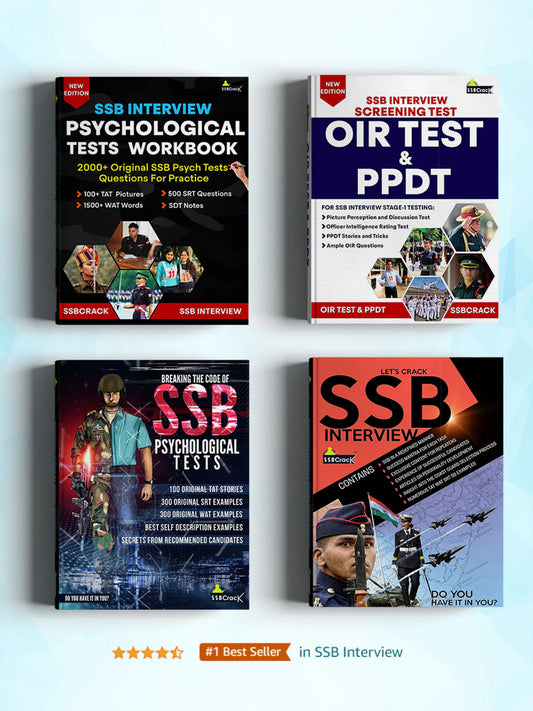
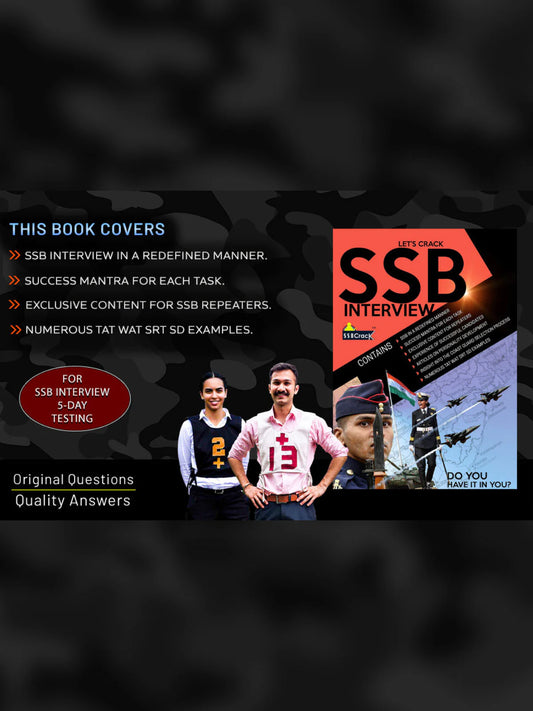
![Let's Crack SSB Interview Book [Paperback]](http://shop.ssbcrack.com/cdn/shop/files/ssb-books.webp?v=1736351621&width=533)
